Havana
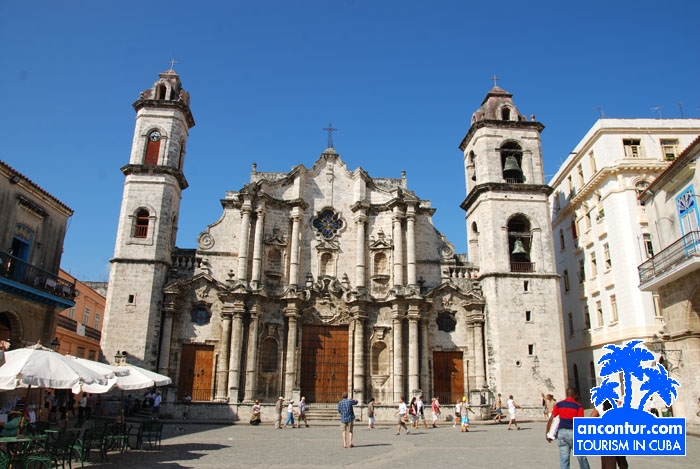 Havana is a dusty city, but at the same time it is very attractive, colorful and magnetic. This is an important megalopolis with 2.5 million inhabitants. The historic center of Havana is full of narrow, quiet side streets, where the visitor can find a great number of baroque churches, dazzling white palaces and mansions that are a clear reminder of the Spanish power. The city was founded in 1519 and named after Christopher Columbus as "Villa de San Cristobal de la Habana". It became very soon a gateway to the New World and a city full of architectural treasures. The Pearl of the Antilles prospered and progressively in the city appeared beautiful parks and boulevards, Belle Époque style mansions, modern buildings in Art Deco style and other architectural monuments that clearly show the uniqueness and diversity of the Cuban culture. next>>>
Havana is a dusty city, but at the same time it is very attractive, colorful and magnetic. This is an important megalopolis with 2.5 million inhabitants. The historic center of Havana is full of narrow, quiet side streets, where the visitor can find a great number of baroque churches, dazzling white palaces and mansions that are a clear reminder of the Spanish power. The city was founded in 1519 and named after Christopher Columbus as "Villa de San Cristobal de la Habana". It became very soon a gateway to the New World and a city full of architectural treasures. The Pearl of the Antilles prospered and progressively in the city appeared beautiful parks and boulevards, Belle Époque style mansions, modern buildings in Art Deco style and other architectural monuments that clearly show the uniqueness and diversity of the Cuban culture. next>>>
Cienfuegos
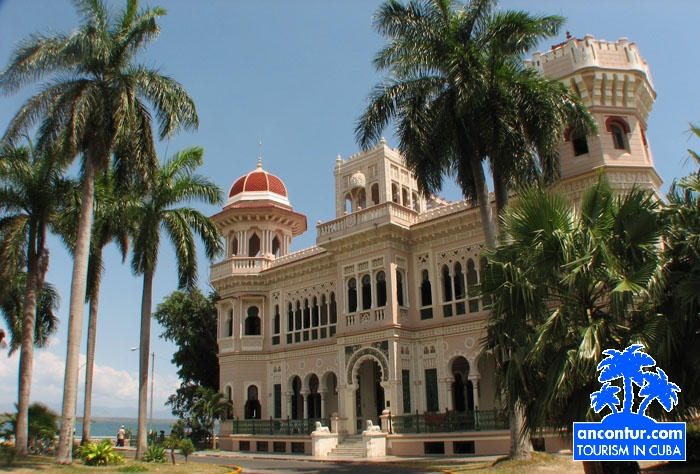 Cienfuegos is the third biggest Cuban city right after Havana and Santiago de Cuba. This city is located on the southern coastal area of Cuba, at the shores of Jagua Bay and is one of the most beautiful cities of the island. In 1745 the fort Castillo de Jagua (Jagua Fortress) was built at the entrance of the bay. This was the starting point for the construction of the city, which was founded by French colonists in 1817 next to the fort. As many other colonial cities, Cienfuegos thrived thanks to sugar and tobacco trade. During the 19th century, Cienfuegos and Trinidad were rival cities, but Cienfuegos surpassed Trinidad and became a prosperous port and trade center. next>>>
Cienfuegos is the third biggest Cuban city right after Havana and Santiago de Cuba. This city is located on the southern coastal area of Cuba, at the shores of Jagua Bay and is one of the most beautiful cities of the island. In 1745 the fort Castillo de Jagua (Jagua Fortress) was built at the entrance of the bay. This was the starting point for the construction of the city, which was founded by French colonists in 1817 next to the fort. As many other colonial cities, Cienfuegos thrived thanks to sugar and tobacco trade. During the 19th century, Cienfuegos and Trinidad were rival cities, but Cienfuegos surpassed Trinidad and became a prosperous port and trade center. next>>>
Trinidad
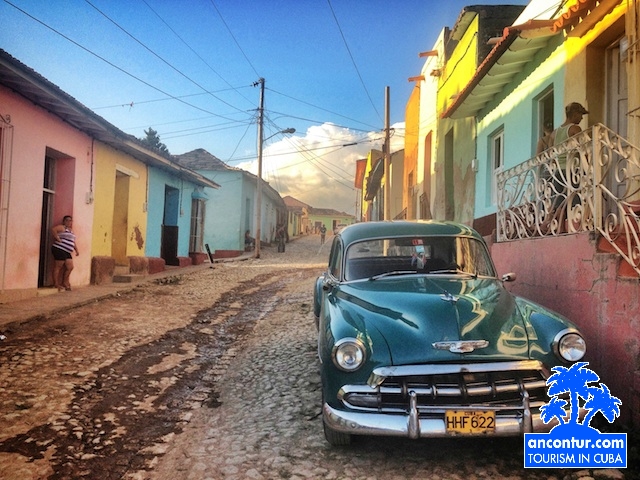 Near the coasts of the Caribbean Sea, in the central region of Cuba is located a city with a magnificent architecture and a large number of museums. Trinidad is full of beautiful beaches and other natural attractions, and it is considered by many as an open-air museum. If you happen to be in this city, you will involuntarily immerse yourself in the past. In 1988 the city was listed as World Heritage Site by UNESCO since it is considered as a monument of global significance. Trinidad is the second most important Cuban city after Havana in historic terms. It's located south of the province of Sancti Spiritus in the central region of Cuba. Trinidad is one of the oldest cities in the country. next>>>
Near the coasts of the Caribbean Sea, in the central region of Cuba is located a city with a magnificent architecture and a large number of museums. Trinidad is full of beautiful beaches and other natural attractions, and it is considered by many as an open-air museum. If you happen to be in this city, you will involuntarily immerse yourself in the past. In 1988 the city was listed as World Heritage Site by UNESCO since it is considered as a monument of global significance. Trinidad is the second most important Cuban city after Havana in historic terms. It's located south of the province of Sancti Spiritus in the central region of Cuba. Trinidad is one of the oldest cities in the country. next>>>
Santa Clara
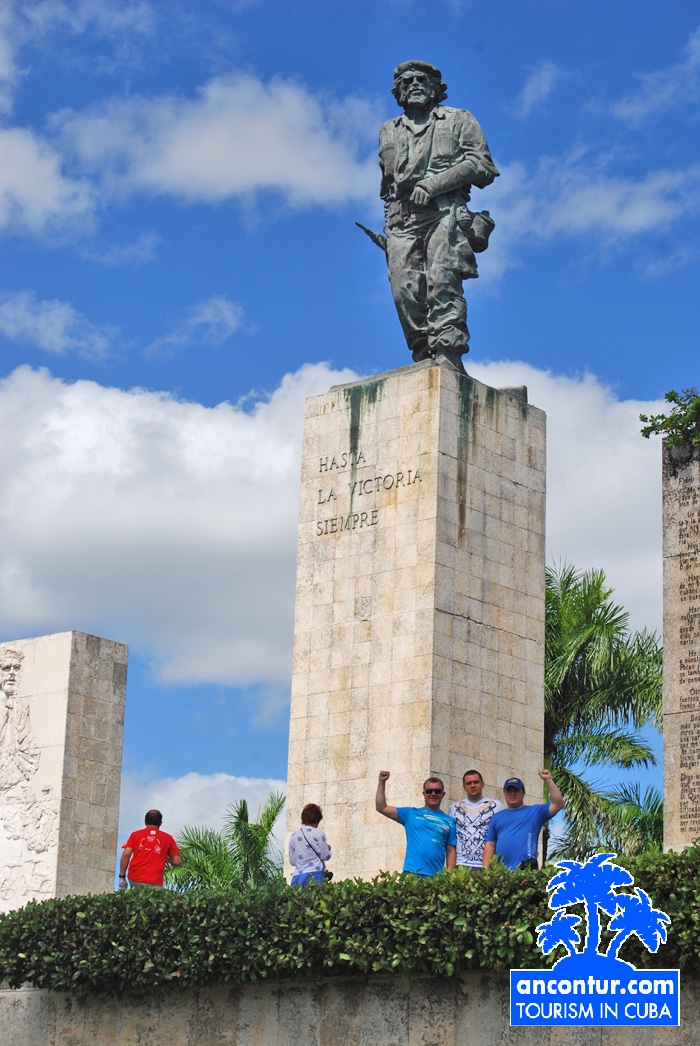
This important industrial city full of universities is the administrative center of Villa Clara province. Its population reaches 210,000 inhabitants and is located right in the middle of the country. Santa Clara has strong links to Che Guevara, since right here took place one of the most important battles against Batista. Besides the colonial architectural monuments, there are other places of touristic interest such as: Plaza de la Revolucion (Revolution Square) and the bronze statue dedicated to Che Guevara. next>>>
Camaguey
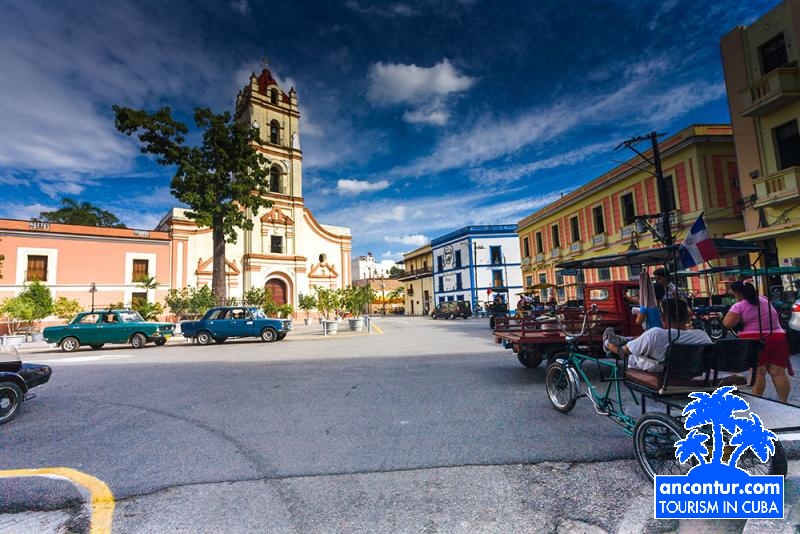
Camaguey is one of the seven oldest cities in Cuba. One may get lost in the labyrinth that its narrow streets make up, but don't give up! This old city has much to offer, like its admirable colonial squares, renovated buildings and the widespread "tinajon" (old vessels used for collecting water, a symbol of Camaguey). Camaguey was founded in 1515 and was named Santa María del Puerto del Príncipe. In 1528 was moved to its present location, at the northern shores of the Jatibonico River, right in the center of a stockbreeding valleys. Towards the beginning of the 20th century Camaguey became the second largest city in Cuba. next>>>
Holguin
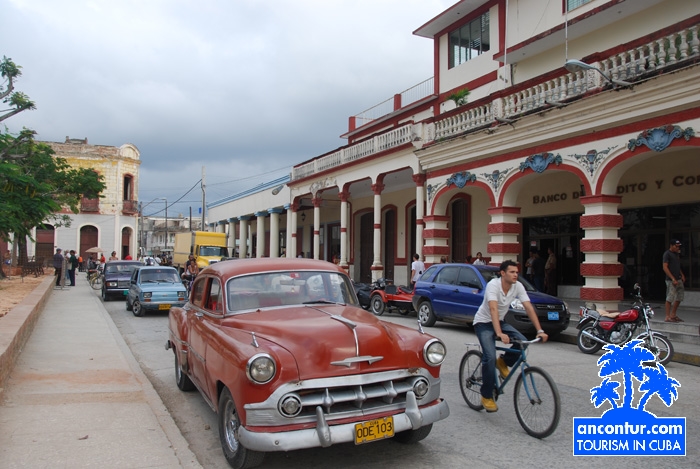
Holguin is surrounded by hills and the hills themselves are worthy of your interest. This city is quite the attractive tourist site thanks to its many squares, which are considered the most beautiful throughout Cuba. In 1525 Spanish authorities gave the lands that surrounded the indigenous settlement of Cubanacan to Captain Garcia de Holguin. He founded in here the fourth largest city of the country (in Holguin currently live nearly 264.000 people). In the 19th century, during the Cuban War of Independence, many important battles were fought in this place. It is quite nice to take a walk around the exquisite colonial block and watch the beautiful houses. It is also of interest to listen to the mechanical organ, which preserves the atmosphere and spirit of past times. The visitors can enjoy breathtaking views of the entire city from the Loma de la Cruz (Hill of the Cross). A 458-step climb that starts at the end of Calle Maceo (Maceo Street) will lead you to the top of the hill. next>>>
Santiago de Cuba
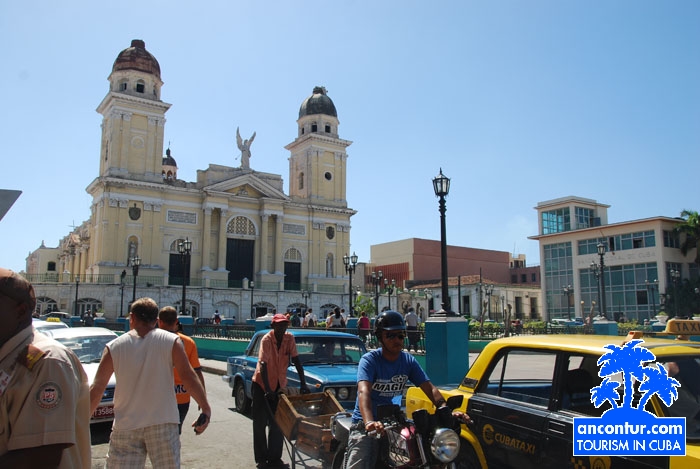
In 1515 conqueror Don Diego Velazquez founded the village of Santiago de Cuba in one of the most secure bays of the island. The continuous migration flow from other parts of the Cuban archipelago turned Santiago the Cuba into the most "Caribbean" city within Cuba. Santiago de Cuba is the second largest province of Cuba and it is surely the most exotic one. It is commonly known as the "cradle of the Revolution" and is very popular thanks to the famous hospitality of its people. Santiago is an important religious center. Here you will find the National Shrine Basilica of Our Lady of Charity of El Cobre) ("Nuestra Señora de la Caridad del Cobre", Patroness of Cuba) one of the most popular pilgrimage sites. next>>>
Baracoa
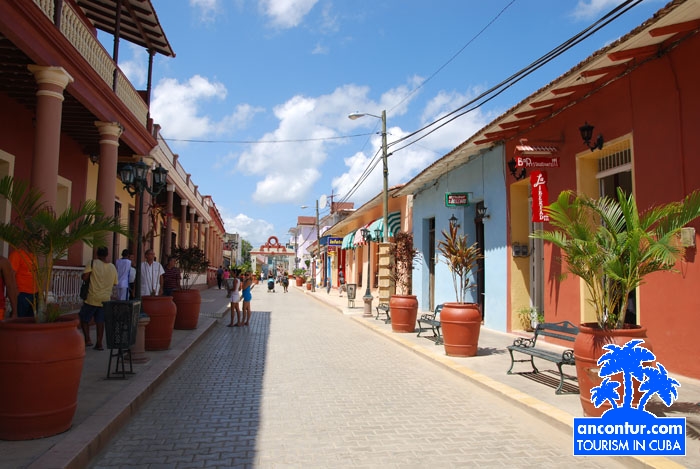
Baracoa was founded on August 15th, 1511 by Diego Velazquez. The city was called Our Lady of the Assumption of Baracoa (Nuestra Señora de la Asuncion de Baracoa) and was the first capital city of Cuba. Later, in Baracoa was located the first diocese of the Catholic Church. Baracoa is in Guantanamo province, in the easternmost region of Cuba, and is considered one of the most "Cuban" cities, one that has preserved the most primeval nature and culture of the country. Baracoa is also known as the "chocolate capital" of Cuba. Here you can find large cacao plantations. There are excellent cocoa bean harvests thanks to the humid climate. The uniqueness of Baracoa is represented by its cultural traditions that go back to pre-Columbian times. next>>>
Vinales
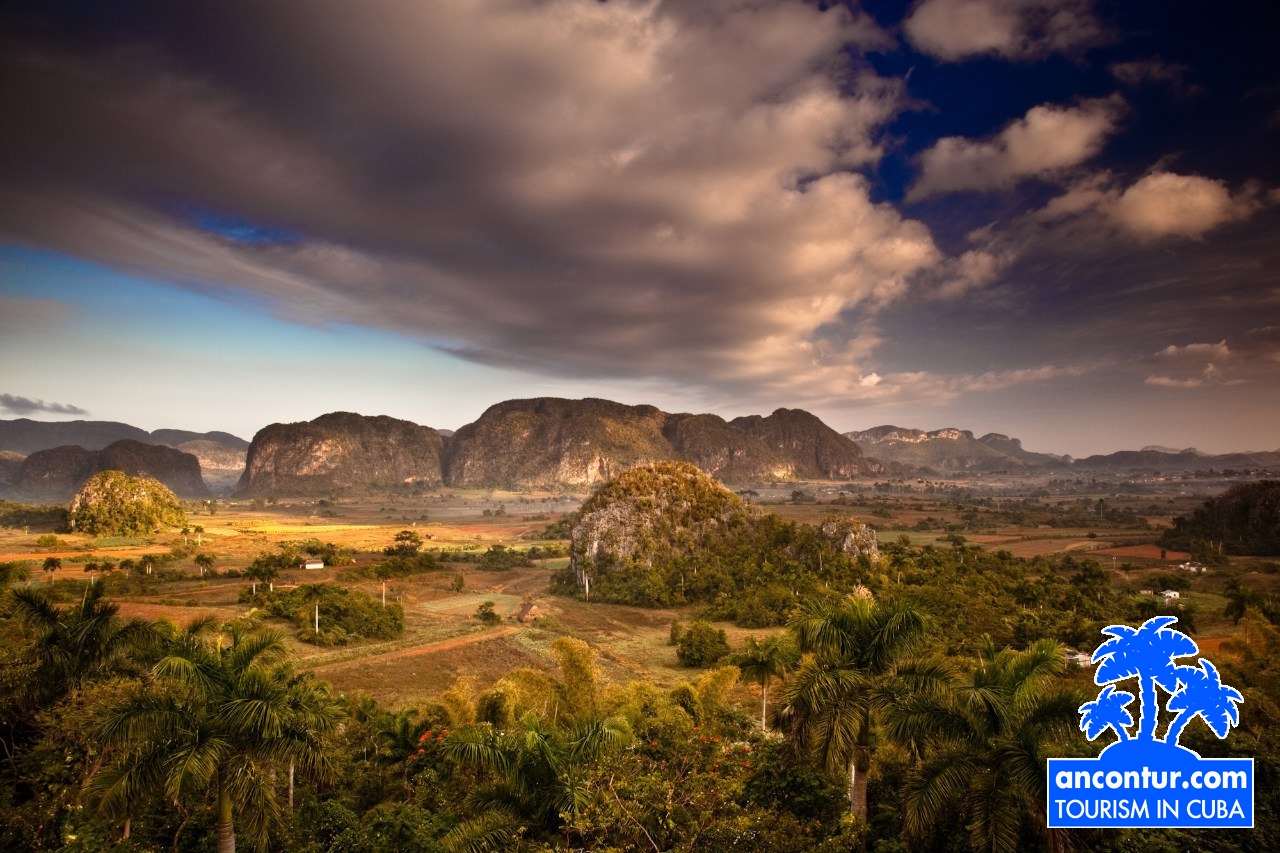
In the province of Pinar del Rio is located the little town of Viñales. This place is quite popular thanks to a karstic origin valley that can be found nearby. Before the arrival of the first European settlers, the province was home to the Taino people. The area where Viñales is currently located was colonized at the beginning of the 1800s by tobacco businessmen from Canary Islands, who settled in the region of Vuelta Abajo. The first settlement in Viñales appeared in 1871, according to historical evidence. The town was established a little later in 1878. The climate is warm and humid throughout the year, although there are two well defined seasons: from November to April: dry season, and from May to October: rainy season. next>>>
POPULAR POSTS
-
10-12-2025
Хотим выразить огромную благодарность компании АНКОН и лично Аде Сото за прекрасную работу -
1-12-2025
Я в отеле, все отлично! Спасибо большое за трансфер! -
30-11-2025
Благодарю компанию Анкон и лично Аду Сото за организацию трансфера -
6-11-2025
Все было замечательно. У меня было такси, я была одна, прекрасный водитель отвёз меня -
5-11-2025
Машину вернул, всё прошло хорошо, без происшествий
NEWS
-
2-10-2015
Historic visit: Pope Francis visited Cuba -
27-03-2015
Our website also available for you in English -
26-03-2015
Our website also available for you in Spanish -
2-02-2015
Welcoming of the first English speaking individual tourist group -
1-02-2015
Welcoming of the first Spanish speaking individual tourist group















